You walk into a grocery store and take out your mobile phone. In the store’s artificial intelligence (AI)-enabled application, you upload your shopping list for the day.
Using lightning-fast 5G technology, that list transmits to a nearby mobile edge computing server that maps out the exact locations, stock status and alternatives to your items – all this information is available at your fingertips.
Your shopping cart, which is already equipped with a checkout system, automatically scans anything you put in it. Finally, you complete your transaction through the app and before you know it, you’re out of the door.
All that, without waiting in a queue.
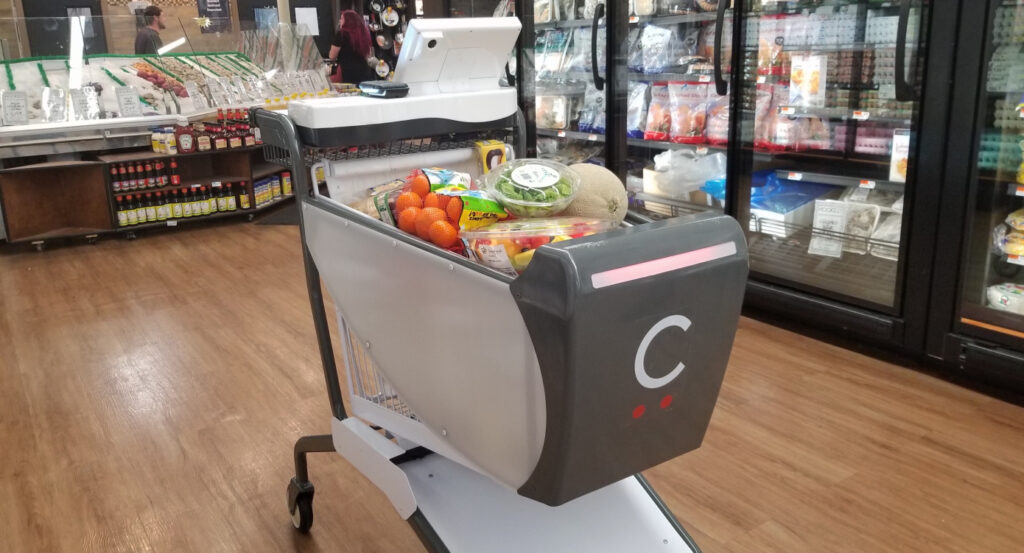
Yes, the promise of 5G might sound like a scene out of the web series – Black Mirror, but the good news for us is that all this (and more) could very well be our reality in less than 5 years.
We’re at the Cusp of a Revolution
The recent Ericsson report highlights that by the year 2025, 65% of the global population will have 5G coverage. India is a key stakeholder in this global revolution. Telecom companies including Airtel and Jio are preparing to launch 5G in the country by the end of this year.
That’s not all!
A Qualcomm study has predicted that not only will 5G create 22.3 million new jobs, but it also stands to generate a revenue of $3.6 trillion and raise the global GDP by $2.1 trillion.
These are truly mind-boggling figures. And, it’s no wonder that 5G deployment sits on top of all industries’ wish lists.
Implications of 5G for the Retail Sector
The retail industry in particular stands to gain substantial improvements across the board by leveraging 5G technology.
Because of the pandemic and the increase in consumers’ online shopping habits, physical retail stores are already having a tough time competing with the convenience and speed of e-commerce.
Most retail strategies of today rely on a combination of technologies like 4G, Wi-Fi, radio frequency identification (RFID), near-field communication (NFC) and Bluetooth.
These challenges and trends are pushing retailers to reinvent their strategies to be relevant. The run-up to 5G technology will provide the thrust to retailers to embrace digital transformation.
5G technology has the potential to help brick-and-mortar retail stores engage with their customers and offer them integrated, personalized and immersive shopping experiences.
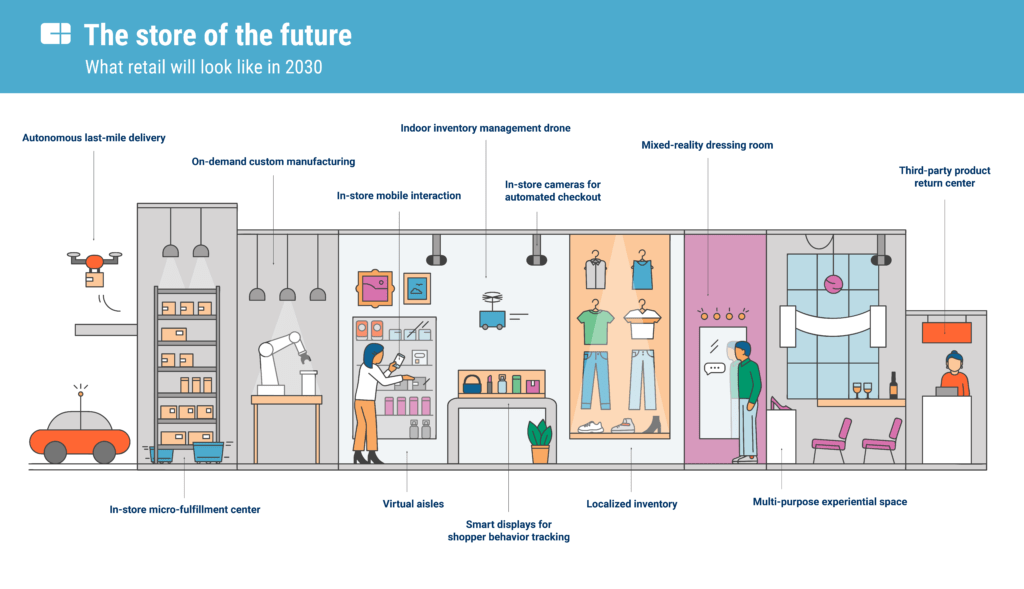
The doors to possibilities like 3D printing customized merchandise, drone delivery and virtual reality dressing rooms are just waiting to be opened.
But these high-tech solutions require higher bandwidths combined with extremely high transmission rates to realize their full potential, and 5G can provide that.
Now, let’s look into some potential use cases of 5G in retail.
Use Cases for 5G Adoption in Retail
1) Personalization
Retailers have identified the importance of physical stores as a source of data to deliver customers a personalized experience, and 5G can eventually deliver them in near-real time.
Combining this physical in-store data using a variety of in-store Internet of Things (IoT) devices, like cameras and sensors, with data-generated customer insights will allow retailers to tailor a 360-degree profile.
This will help retailers create a more personalized shopper experience, engage their loyal shoppers, and boost sales through timely and personalized promotions.
Let’s look at this fictional case as an example: A customer is walking around a mall and window shopping. Your store window display catches their eye because of a large HD screen. Next to the screen stands a mannequin wrapped in a gorgeous saree. When the customer stops by in front of the screen, they see a life-size recreation of themselves, wearing the saree.
Such a personalized experience before a customer even walks into your store, is sure to translate into an increased footfall.
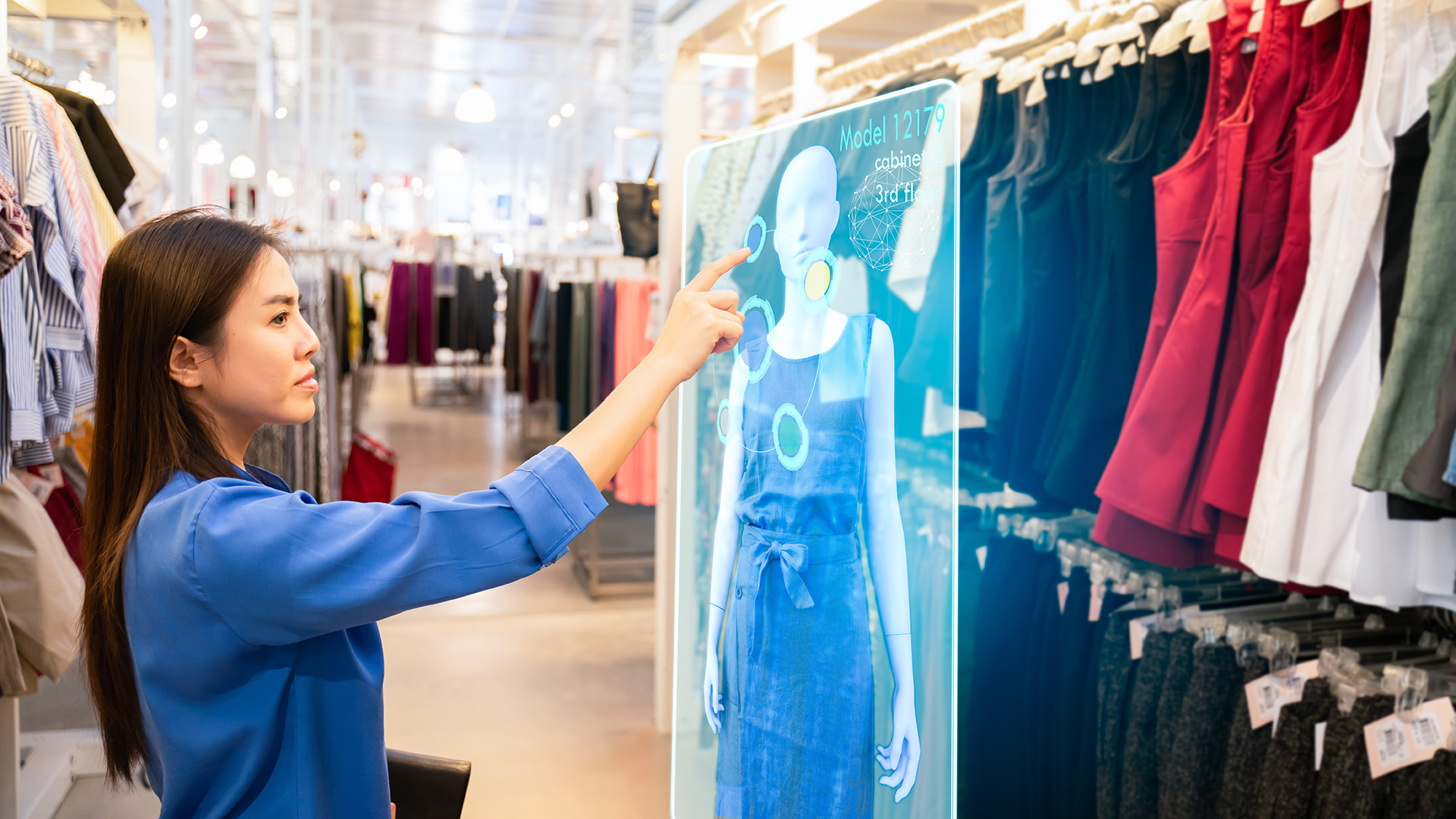
2) More Accurate Supply Chains
Not all 5G improvements will happen in-store, it can also make supply chains and warehouse operations more accurate and transparent.
Modern retail logistics are heavily reliant on internet-based functions like package tracking, which are more reliable with 5G networks. Inventory distortion can be improved with mass communication capabilities and IoT sensors.
Large warehouses using barcode tracking to manage the inventory will benefit from the increased speed and capacity of 5G and increase accuracy. Things like cloud-based inventory records and tracking can manage more items in less time with 5G.
For example, Honeywell recently launched 5G initiatives which work to reduce latency and enhance capabilities for warehouse workers. The workers wear headsets that interact with central servers using speech recognition and text-to-speech.
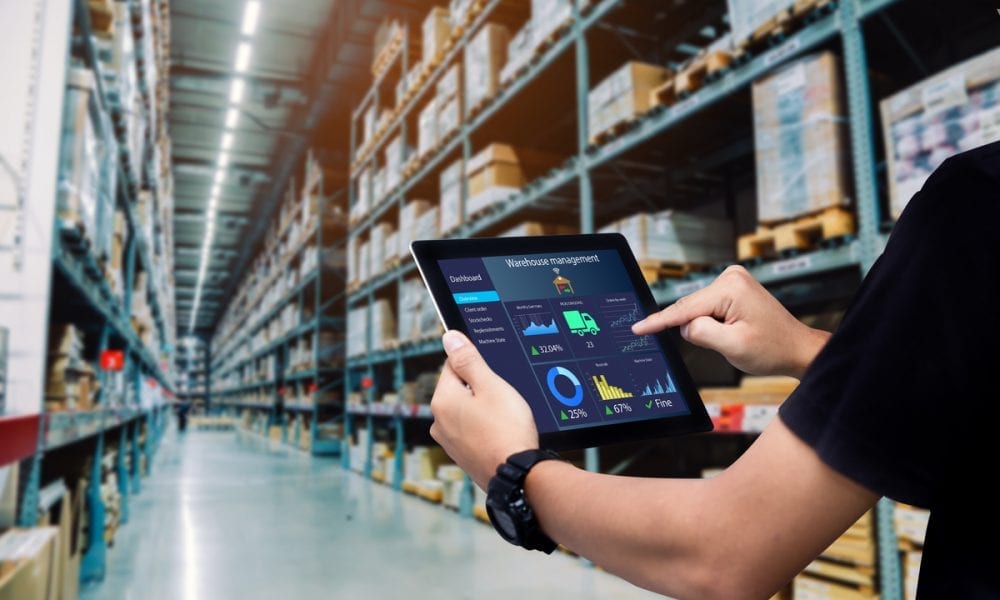
3) No More Checkout Lines
For brick-and-mortar shops, checkout lines will soon be rendered obsolete with 5G.
New technology will allow customers to scan labels directly on their smartphones and instantly pay for items.
Shopping carts outfitted with checkout systems can monitor the items shoppers put into and take out of their carts and charge them accurately.
Cameras and sensors on the ceiling can also track the products put into a shopping cart, with the help of AI.
For example, Amazon Go stores that were launched in 2019 have already proven the success of this futuristic model. With no cashiers in sight, customers simply choose their purchases off “smart shelves” and walk out of the store.
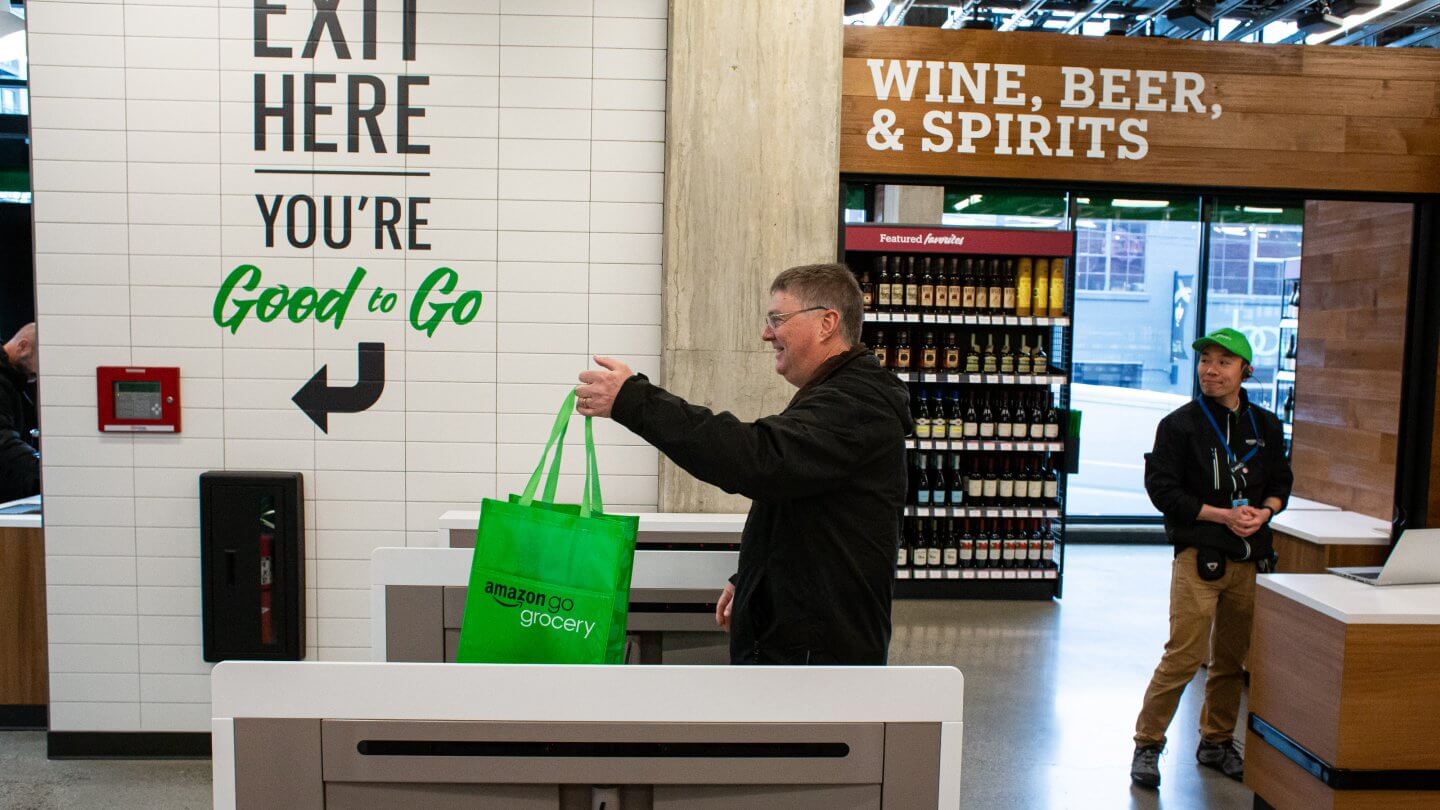
4) Autonomous Robots
Every day, massive volumes of store data, images and customer data are collected and shared in-store. This volume can overwhelm current in-store Wi-Fi networks, compromise seamless connectivity and network performance.
With autonomous robots gaining more traction, faster and lower-latency communications will be key to sharing that information quickly and efficiently.
On a 5G network, these autonomous robots will empower retailers with the ability to handle vast amounts of data, improve operational efficiency and identify stocking gaps.
An example of current application of this technology can be found in an American supermarket chain. “Tally” is their shelf-monitoring robot that goes around the store, transmits stock data to employees, and even updates that shelf data directly to customers through their mobile application.
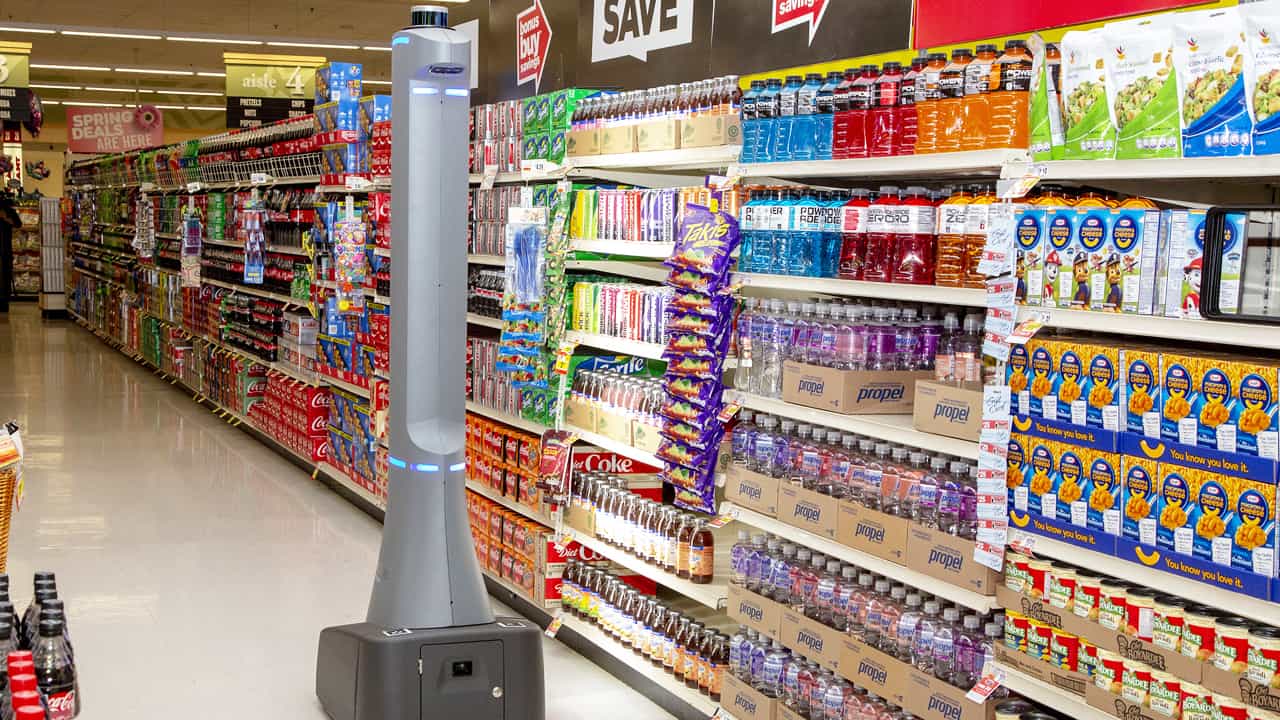
5) Faster Analytics
Data analytics is a staple of modern retail marketing. From analyzing market trends to customer behaviour patterns, stores collect data for a remarkable advantage over traditional advertising strategies. This process also has a lot to gain from 5G.
Theoretically, 5G networks will offer analytics in real-time.
For example, collecting information about a specific shopper can be translated into actionable insight to provide recommendations for them.
These data-driven insights will provide customers with customized and relevant services like real-time shelf displays and predictive inventory, ensuring higher sales for the retailer.
Ikea launched an image recognition and augmented reality experience on their mobile application in 2013. Advanced analytics allowed customers to scan items from Ikea catalogue or in-store and virtually “decorate” their homes to see how it looks before they make a purchase. This innovative feature greatly improved their overall customer experience.
Did you know Starbucks collects vast amounts of data including demographics, buying behaviour and customer trends, to predict the future performance of proposed new stores?
In this way, Starbucks can avoid risking any bankruptcy by choosing an unprofitable location.
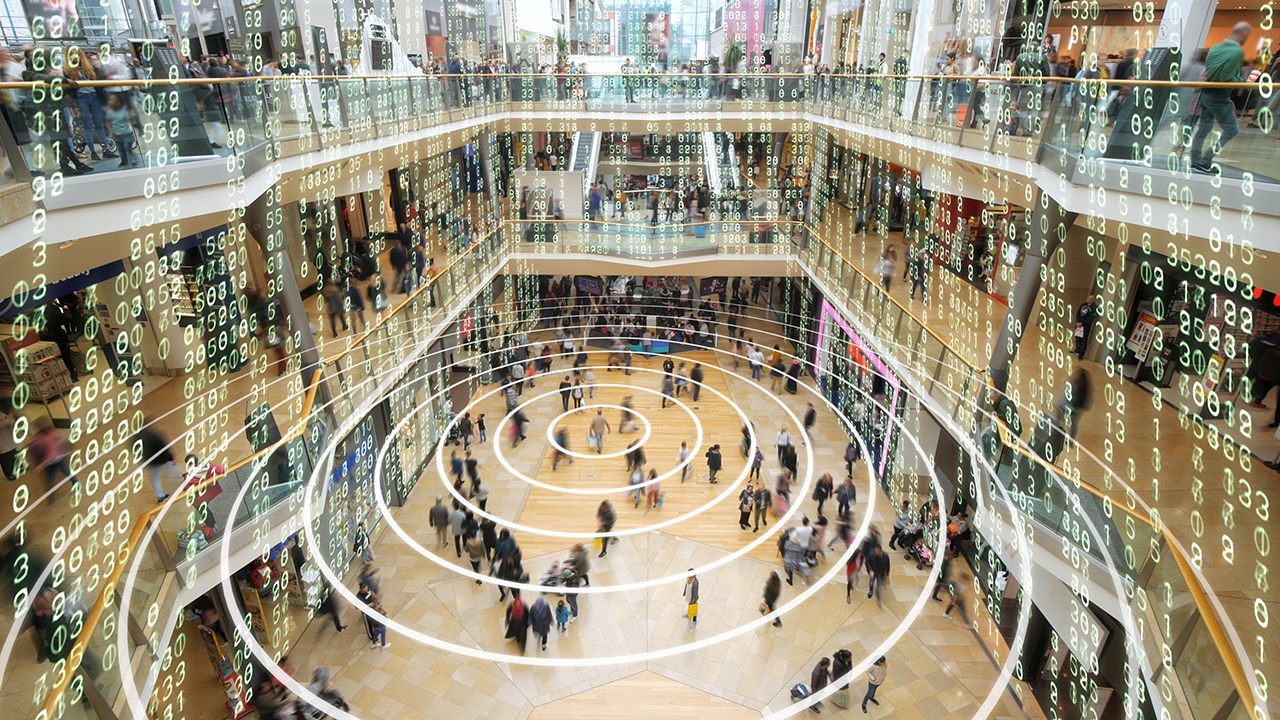
The Future Is Now
5G is more than just super fast speed — it’s a whole encompassing experience.
There’s no doubt when Indian enterprises adopt 5G, the exorbitant price tag of the spectrum will need sizeable investments in the telecommunication sphere.
The return on investment (ROI) in this case will be long-term. The cost of transforming existing networks will be more than repaid in full by the uptakes in customer loyalty, operational efficiency and transparent supply chain visibility.
For now, start building up the hype for your retail store’s future 5G transformation and watch your surge in customer engagement.
Reach both new customers and old, with the help of HT Media’s digital news properties like hindustantimes.com, livehindustan.com and livemint.com. With close to 140 million people visiting our websites every month, your retail brand is sure to enjoy increased engagement and awareness. To get started, visit us here.
Ready to take your brand to the next level? Connect with us today to explore how HT Media can amplify your presence across our diverse portfolio of 25+ brands and properties. Let's turn your brand vision into reality!
















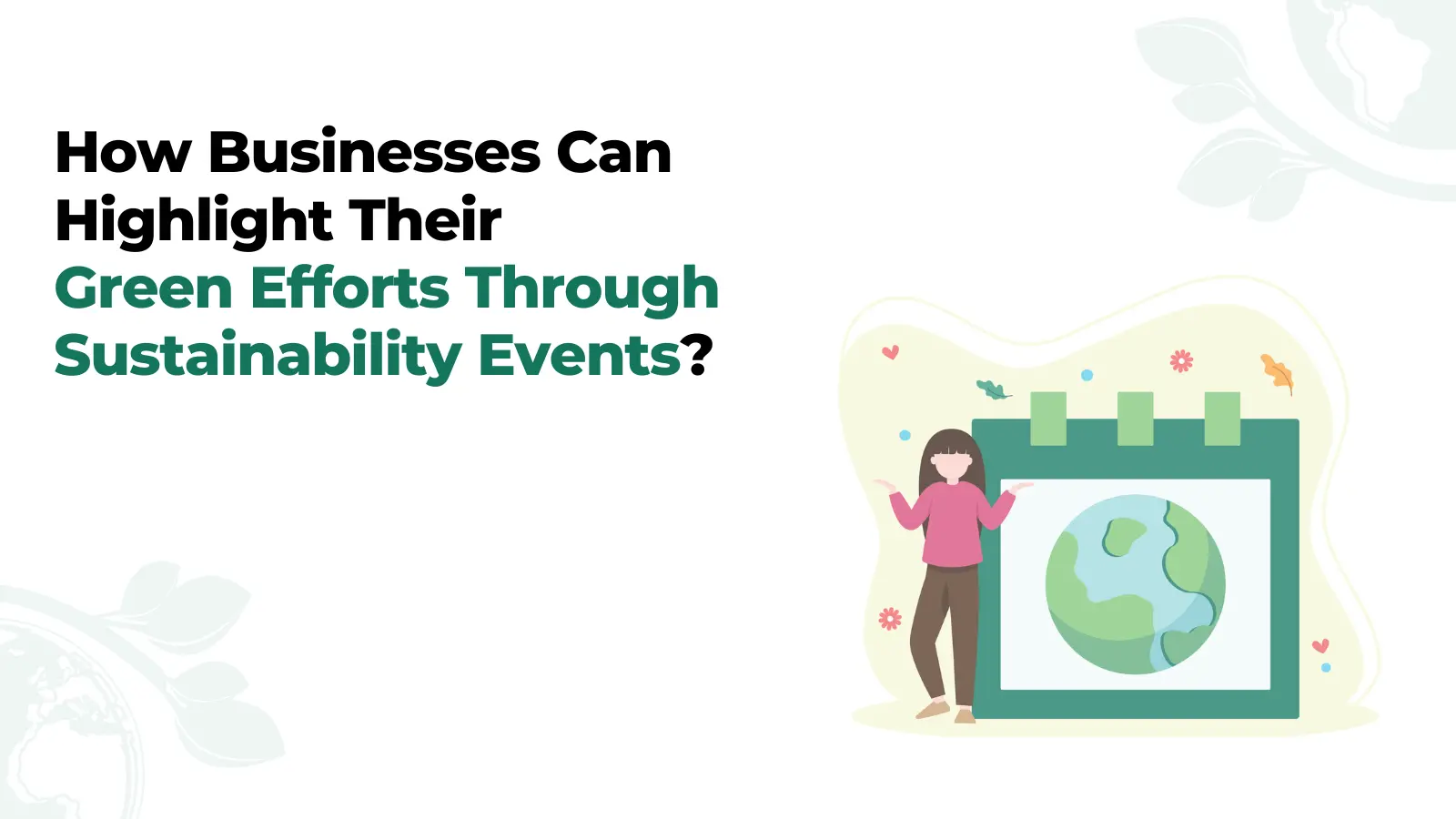

Comment